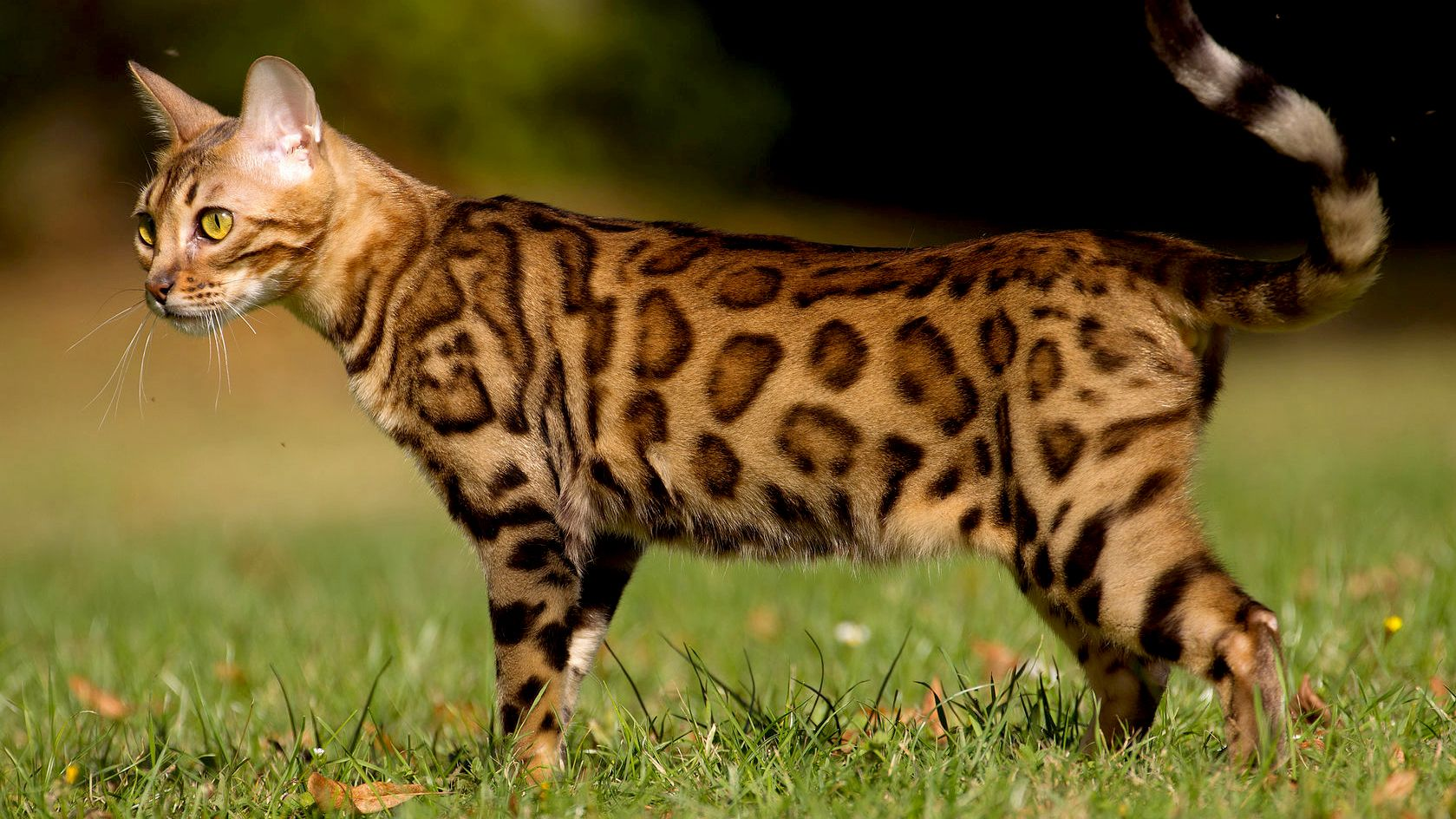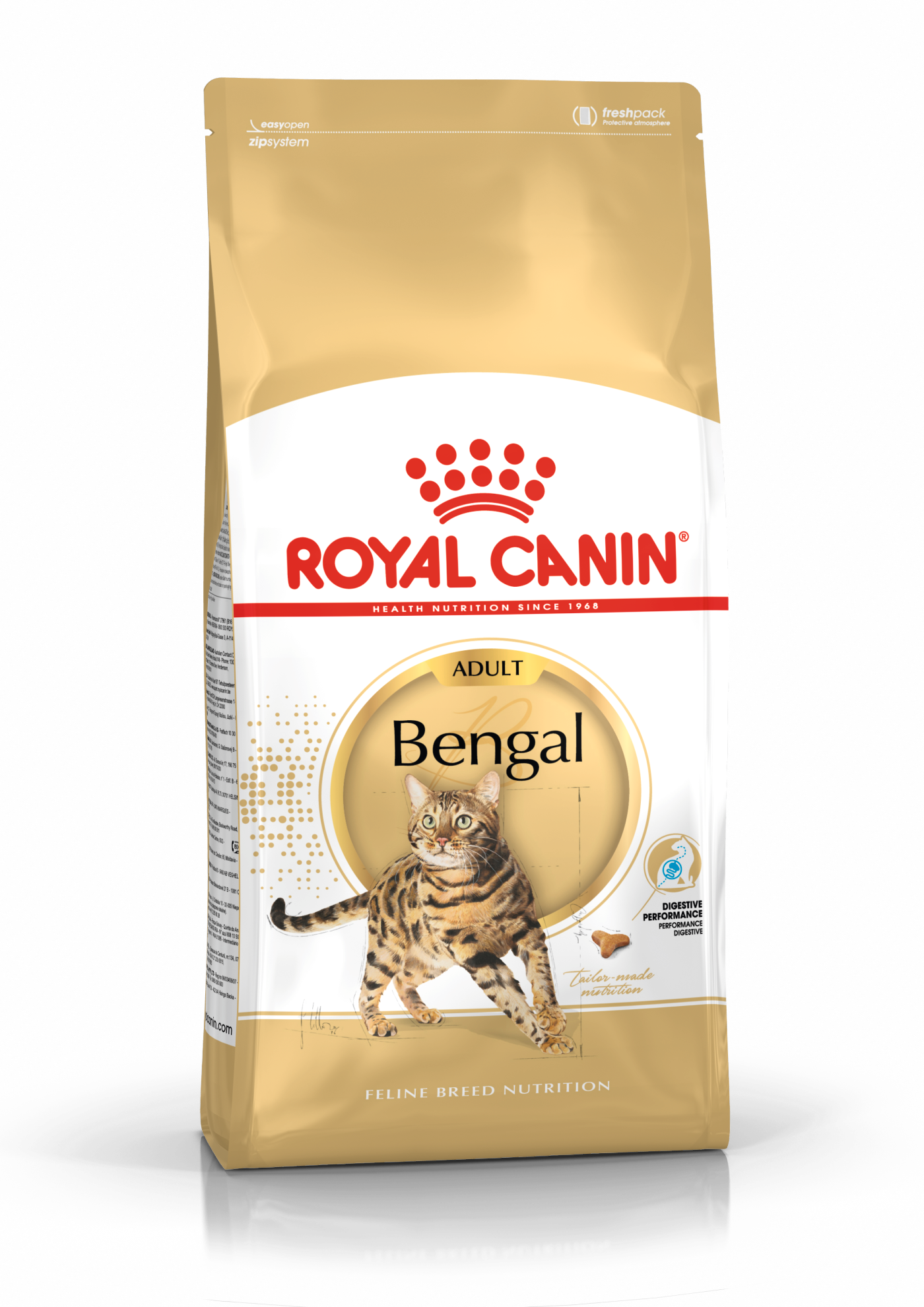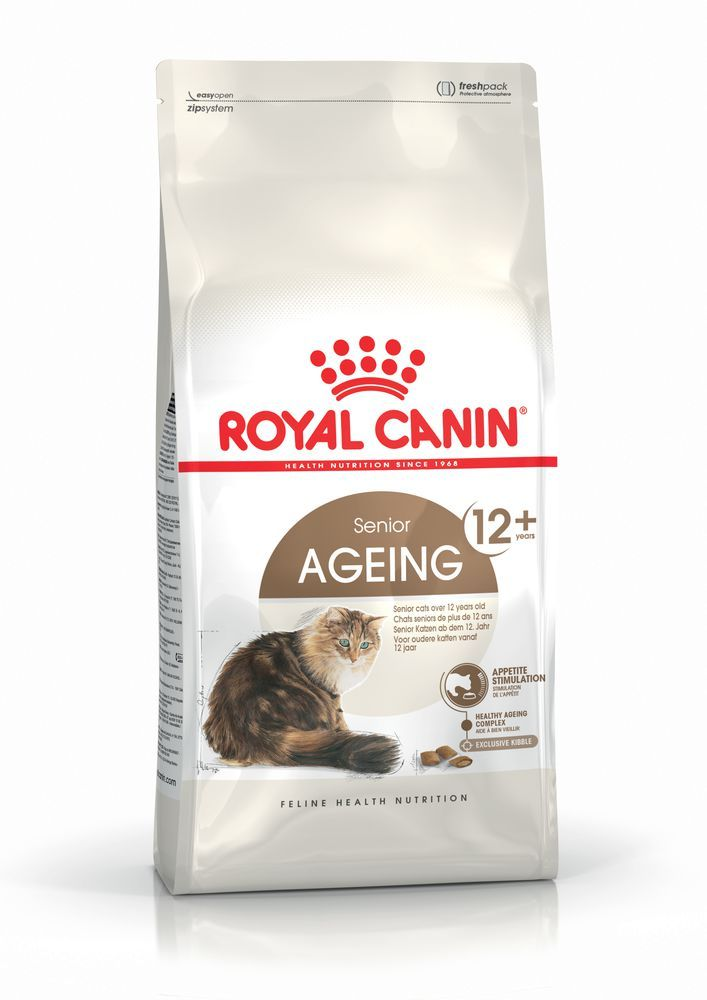Причајмо о бенгалским мачкама
Званично име: Бенгалска мачка
Остала имена: Леопард, лав
Порекло: Сједињене Америчке Државе
Дужина длаке
1 out of 5Степен лињања
1 out of 5Потреба за одржавањем длаке
2 out of 5Ниво енергије*
4 out of 5Вокалне склоности
1 out of 5Породични љубимац?*
5 out of 5Слагање са другим кућним љубимцима
4 out of 5Може ли да остане сам?*
2 out of 5Животна средина (затворени/отворени простор)
4 out of 5
| Мушки | Женски |
|---|---|
| Висина | Висина |
| 0 - 0 cm | 0 - 0 cm |
| Тежина | Тежина |
| 4 - 6 kg | 3 - 5 kg |
| Животна фаза | |
|---|---|
| Маче које расте | Одрасло доба |
| 4 до 12 месеци | 1 до 7 година |
| Старије доба | Старије доба |
| 7 до 12 година | Од 12 година |
Дужина длаке
1 out of 5Степен лињања
1 out of 5Потреба за одржавањем длаке
2 out of 5Ниво енергије*
4 out of 5Вокалне склоности
1 out of 5Породични љубимац?*
5 out of 5Слагање са другим кућним љубимцима
4 out of 5Може ли да остане сам?*
2 out of 5Животна средина (затворени/отворени простор)
4 out of 5
| Мушки | Женски |
|---|---|
| Висина | Висина |
| 0 - 0 cm | 0 - 0 cm |
| Тежина | Тежина |
| 4 - 6 kg | 3 - 5 kg |
| Животна фаза | |
|---|---|
| Маче које расте | Одрасло доба |
| 4 до 12 месеци | 1 до 7 година |
| Старије доба | Старије доба |
| 7 до 12 година | Од 12 година |

Упознајте бенгалске мачке
Све што треба да знате о раси
Ако постоји једна раса која отелотворује надимак „радознала мачка“, то је бенгалска мачка. Оне су пуне самопоуздања, поседују жељу да изађу и истраже своје домаће окружење, а са тако бриљантном животињом у вашој средини, лако је пустити да авантура почне. Бенгалске мачке имају неустрашивост коју је фасцинантно гледати, а публика им не смета.
Која је најбоља ствар код поседовања бенгалске мачке? Њихово фантастично јединствено крзно у облику розете. Бенгалска мачка је једина раса која је украшена овим неуобичајеним графикама – у бојама попут код њихових рођака леопарда, јагуара и оцелота. Снежна бенгалска мачка је још једна варијација ове расе, која је изузетне боје која је углавном бела – помислите на мини снежног леопарда! То је рецесивни ген за белеге за који је заслужан за бели или светлосмеђи шаблон, заиста јединствен мотив.
Крзно бенгалске расе такође може бити мермерно или пегаво, са карактеристичном дебљином попут плиша; без обзира на облик, невероватна је за видети.
Ако волите да имате мачку са изванредном енергијом, ово је ваша раса. У ствари, бенгалска мачка је позната да је налик мачету чак и у старијим годинама. Јединствено укрштање домаће мачке са оном која џунглу назива домом није пригушило њен дух. Оне су необично агилне и атлетске, и веома јаке, али грациозне. За веома пожељне бенгалске мачке, речи попут величанственог, чудесног и упечатљивог дефинитивно пристају.
Бенгалска мачка је зачудо позната по томе што је веома привлачи вода, понекад иде под туш са члановима породице или гледа у воду која тече за кување, купање, прање зуба или чак и само прање руку.

2 чињенице о бенгалским мачкама
1. Око 1963.
Једна од најновијих раса, бенгалска мачка је оформљена тек 1963. године и добила експериментални статус од стране Међународног удружења мачака 1983. Раса је затим добила пуни статус 1991. године.
2. Научите их понеком трику
Немојте мислити да само пси могу научити трикове: И ова веома паметна мачка то може. Бенгалска мачка може научити да седи, стоји, да шапу, па чак и сложеније задатке као што је доношење. Тако је добра у томе да ћете се ускоро питати ко кога тестира...
Историја расе
Бенгалска мачка је своје име добила по бенгалском тигру пошто има крзно које личи на далеког рођака. Истини за вољу, домаћа раса потиче из дивљине: Бенгалска мачка је у домаћи домен ушла 1963. године, након што ју је одгајила Жан Мил, страствена љубитељка мачака из Аризоне. Обожаватељка свих мачака укрстила је азијску леопард мачку са сопственом црном домаћом мачком. Настала бенгалска мачка имала је склоности кућне мачке и спортски дух мачака из џунгле.
Милова је затим даље одгајила прво женско маче, одатле стварајући легло. Бенгалска мачка је затим одгајана на Универзитету Калифорније у Дејвису када је Милова асистирала у одгоју осам мачића са абисинском бурманском и египатском мау мачком.
Бенгалска раса сада је постала много питомија, али представља и цењени посед, познат у мачјим круговима као „ролс ројс“ међу мачкама.
Међународно удружење мачака усвојило је ову расу 1983. године, али јој је доделило само експериментални статус. Бенгалска мачка је затим добила пуни статус 1991. године, а 1999. призната је као званична раса од стране Међународне федерације мачака, надалеко хваљене федерације регистара мачака.
Од главе до репа
Физичке карактеристике бенгалских мачака
1.Уши
2.Глава
3.Тело
4.Реп
5.Крзно

Ствари на које треба пазити
Од специфичних особина расе до општег здравственог прегледа, ево неколико занимљивих чињеница о вашој бенгалској мачки
Воли да се пење – чувајте драгоцене лустере
Са џунглом као прадомовином, можете видети зашто бенгалске мачке воле да се попну што је више могуће – често до највише тачке у дому. Није лоша идеја да одложите породично наслеђе, скупо осветљење и припазите на драгоцени намештај. Њихова спортска грађа и неустрашивост су међу невероватним особинама бенгалске мачке. Најслађи део: Њихове веома спретне шапе, способне су да остваре много сложених задатака. За бенгалску мачку се зна да пали и гаси прекидаче за светло!
Заморци света, уједините се!
Колико год сјајан породични љубимац могу бити, бенгалска раса има висок нагон за лов – изузетно висок. Имајте на уму да је ово тек четврта генерација од настанка расе – то јест, четири корака од дивљине. Када је раса постала позната (и популарнија) касних 1990-их, потенцијални власници су морали да добију лиценцу или дозволу да поседују бенгалску мачку. Тенденција да сама себи обезбеди вечеру и даље постоји. Држите мачку подаље од малих кућних љубимаца као што су скочимишеви, мишеви или заморци који се могу држати у истом домаћинству са кућним љубимцима у случају да ваша мачка добије било какву идеју. Знајте и да ваша бенгалска мачка има спретне шапе које могу да обављају многе задатке – попут подизања поклопаца и ствари!
Нећете морати често да јој бројите калорије.
Тежина никада неће бити проблем за бенгалску расу. Оне сагоревају калорије брже од супермодела током недеље моде са својом високом стопом активности и непрекидним приступом животу, а да не спомињемо њихову огромну радозналост. Најбоља храна за бенгалске мачке је високог квалитета, садржи есенцијалне хранљиве материје и минерале који су им потребни да би се најбоље развијали док расту. Пошто мачке треба да једу мало и често, храните их неколико пута дневно након пажљивог мерења оброка. Никада немојте превише хранити своју бенгалску мачку да би задржала своју елегантну грађу.
Здрава исхрана, здравија мачка

Прилагођена здравствена исхрана има основну улогу у одржавању здравља и лепоте бенгалских мачака. Храна обезбеђује енергију која помаже виталним функцијама, а комплетна хранљива формула за бенгалску мачку треба да садржи прилагођену равнотежу хранљивих материја. Ако је храните на овај начин, понудићете исхрану која није ни мањкава ни претерана, што би могло имати штетне последице по здравље ваше мачке. Чиста, свежа вода треба да буде доступна све време како би се потпомогло добро уринарно здравље. Мачке су такође природно прилагођене да једу мале порције – између 7 и 10 пута дневно. Ако им дате препоручену дневну порцију гранула једном дневно, омогућићете вашој бенгалској мачки да регулише сопствену потрошњу. Следеће препоруке су за здраве животиње. Уколико ваша мачка има здравствених проблема, посаветујте се са ветеринаром који ће вам преписати искључиво ветеринарску дијету.
Раст је најбитнија фаза у животу мачића. Време је великих промена, открића и нових сусрета. Захтеви бенгалског мачета по питању енергије, протеина, минерала и витамина, много су већи од оних код одрасле мачке. Потребни су им енергија и хранљиве материје како би одржавали своје тело, али и да би расли и обликовали се. Раст мачића се одвија у две фазе:
Грађа
Од рођења до 4 месеца
Престанак сисања је прелазак мачића са течне хране – или мајчиног млека – на чврсту храну. Овај период природно одговара времену када им ничу млечни зуби, у доби од 3 до 6 недеља. У овој фази, мачићи још нису у стању да једу хрскаво, тако да меки оброк (рехидриране грануле или прилагођена влажна храна) помаже да се премости јаз између течне и чврсте хране.
Између 4 и 12 недеља након рођења
Природни имунитет који маче добија од мајчиног колострума (или првог млека) се смањује док се имуни систем мачића постепено развија. Ово критично време, које се назива имунски прозор, захтева комплекс антиоксиданата, укључујући витамин Е, који помажу у одржавању њихове природне одбране. Мачићи пролазе кроз интензиван и посебно деликатан период раста током ког су склони пробавним сметњама. Њихова исхрана у овом тренутку не само да би требало да буде богата енергијом да би задовољила њихове основне потребе за растом, већ би требало да садржи и високо сварљиве протеине за потпору систему за варење који још увек сазрева. Пребиотици, попут фрукто-олигосахарида, могу такође да подржавају здравље дигестивног тракта помажући у балансирању цревне флоре. Који је резултат? Добар квалитет столице. Храна за мачиће треба да садржи омега-3 масне киселине (EPA-DHA) које помажу у правилном неуро-церебралном развоју.
Консолидација и хармонизација: од 4 месеца до 12 месеци
Од четвртог месеца раст мачића се успорава, па се препоручује храна са ниским садржајем масти. Ово је посебно важно након стерилизације мачке. Између 4. и 7. месеца мачићима испадају млечни зуби и замењују их трајни. Када одрасли зуби почну да расту, маче треба да једе грануле које су довољно велике да се подстакне крцкање. Док не напуне 12 месеци, имуни систем бенгалских мачића се и даље развија постепено. Комплекс антиоксиданата – укључујући витамин Е – може помоћи у подршци његовој природној одбрани током овог времена великих промена, открића и нових сусрета. Систем за варење прогресивно сазрева, а могућности варења достижу пуну зрелост у узрасту од дванаест месеци. Бенгалска мачка тада може да конзумира храну за одрасле.

Поред одржавања функције здравог уринарног тракта као и код свих мачака, главни циљеви исхране одраслих бенгалских мачака су да:
Доприноси одржавању оптималне мишићне масе за ову живахну мачку, захваљујући висококвалитетним протеинима и умереном садржају масти
Подржава оптимално варење и балансирање цревне флоре коришћењем високо сварљивих протеина и пребиотика
Помажу у очувању здравља њихове коже и сјаја кратке длаке, уз обогаћени додатак циљних хранљивих материја, као што су амино киселине, витамини и омега-3 и омега-6 масне киселине
Подржава добру оралну хигијену захваљујући облику гранула које се лако узимају и текстури која подстиче жвакање.

Старија мачка (старија од 12 година) може понекад имати потешкоћа са апсорпцијом. Да би се одржала тежина старије мачке и смањио ризик од недостатка хранљивих материја, треба јој дати изузетно лако сварљиву храну испуњену есенцијалним хранљивим материјама.
Како старе, мачке све више пате од проблема са зубима, а код неких старијих мачака осећај укуса и мириса такође може бити умањен, што доводи до смањеног уноса хране. Да бисте осигурали да ће наставити довољно да једу, потребно је прилагодити облик, величину и тврдоћу (што значи текстуру) гранула њиховим сада потенцијално нежнијим вилицама.
Имајте у виду да најбољи ниво енергије за сваку мачку и даље зависи од њеног начина живота, чак и оне која стари. Старија мачка која настави редовно да излази имаће користи од дијете са нешто већим садржајем масти. С друге стране, старење не смањује ризик од гојазности кућне мачке. И даље треба пажљиво пратити њен унос калорија. Храна са умереним садржајем масти тада може бити оптимална.

Нега бенгалске мачке
Савети за дотеривање, дресуру и вежбање
Како је делом мачка из џунгле значи да су агилност и снага урођене бенгалској мачки. Као природном спортисти, требаће јој простор да лута како унутра, тако и напољу, и да следи своје природне инстинкте док истражује дрвеће и жбуње свог дома. Држите их на оку када сте на отвореном како не би одлутале и како би биле безбедне од предатора, саобраћаја или лопова, што су ризици за сваку мачку.
Дотеривање задивљујућег крзна бенгалске мачке биће задовољство за сваког ко уђе у свет ове динамичне расе. Ово је мачка коју је релативно лако неговати – што значи да јој то не смета. Четкање једном недељно требало би да буде довољно и да задржи лињање под контролом, које је минимално. Немојте често да купате бенгалску мачку, како бисте на најбољи начин очували њихово крзно које не захтева одржавање. Сеците јој нокте на месечном нивоу.
Бенгалска мачка се истиче у учењу трикова и лакше ју је дресирати од многих других раса мачака. Веома су одане власницима и задовољни када су део групе. Изузетно будне и пажљиве, чак је познато да отварају врата и ормаре својим шапама које су налик рукама!
Како је делом мачка из џунгле значи да су агилност и снага урођене бенгалској мачки. Као природном спортисти, требаће јој простор да лута како унутра, тако и напољу, и да следи своје природне инстинкте док истражује дрвеће и жбуње свог дома. Држите их на оку када сте на отвореном како не би одлутале и како би биле безбедне од предатора, саобраћаја или лопова, што су ризици за сваку мачку.
Дотеривање задивљујућег крзна бенгалске мачке биће задовољство за сваког ко уђе у свет ове динамичне расе. Ово је мачка коју је релативно лако неговати – што значи да јој то не смета. Четкање једном недељно требало би да буде довољно и да задржи лињање под контролом, које је минимално. Немојте често да купате бенгалску мачку, како бисте на најбољи начин очували њихово крзно које не захтева одржавање. Сеците јој нокте на месечном нивоу.
Бенгалска мачка се истиче у учењу трикова и лакше ју је дресирати од многих других раса мачака. Веома су одане власницима и задовољни када су део групе. Изузетно будне и пажљиве, чак је познато да отварају врата и ормаре својим шапама које су налик рукама!
7/7
Све о бенгалским мачкама
Остале расе које би вас могле занимати
Прочитајте више о овој теми
Извори
- Амерички ветеринарски центри https://vcahospitals.com/
- Royal Canin енциклопедија мачака. Издање 2010. и 2020.
- Болница за кућне љубимце у Банфилду https://www.banfield.com/
- Royal Canin BHN књига производа
Лајкуј и подели страницу